Review: ‘The Dead Boy Detectives’ by Bryan Talbot and Ed Brubaker
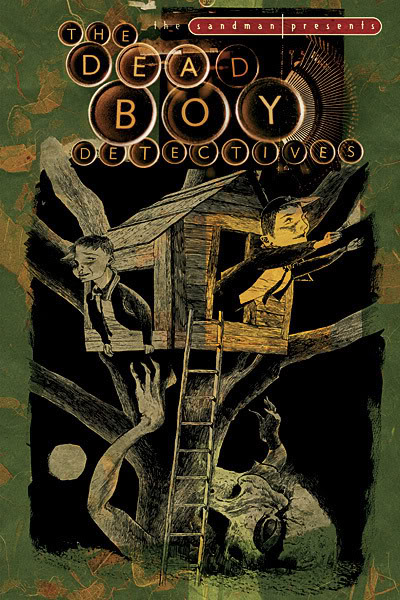 By my count, there are four good reasons to buy [[[The Sandman Presents: The Dead Boy Detectives]]], now out from Vertigo.
By my count, there are four good reasons to buy [[[The Sandman Presents: The Dead Boy Detectives]]], now out from Vertigo.
First, it’s cheap, at a slight $12.99 for some 100 pages of comics.
Second, it’s a heckuva good mystery yarn with plenty of occult elements.
Third, it’s part of The Sandman world, and there are plenty of readers who snap up anything associated with Neil Gaiman’s creation.
But the last — and, for me, best — reason to pick up the book is that it further illustrates Ed Brubaker’s dexterity as a writer. I’ve long said that the thing that makes him so talented is that if his name wasn’t on the cover of his comics, you wouldn’t be able to recognize him as the author (also, his books are all quite good).
Unlike a Grant Morrison, Warren Ellis or Brian Michael Bendis, Brubaker writes comics without stamping his voice all over them. And, in [[[The Dead Boy Detectives]]], he shows off a wholly new voice, slipping seamlessly into the world of the ghostly boy sleuths and their London setting.
Like all great P.I. stories, this one begins with a girl, then gets all weird with shriveled dead bodies, witches and immortal creeps. It’s not quite unpredictable yet manages to be surprising.
But, mostly, the great characterization of ghosts Charles and Edwin and their childish interplay is what makes this one a winner. Well, that and the other reasons listed above.
Van Jensen is a former crime reporter turned comic book journalist. Every Wednesday, he braves Atlanta traffic to visit Oxford Comics, where he reads a whole mess of books for his weekly Reviews. Van’s blog can be found at graphicfiction.wordpress.com.
Publishers who would like their books to be reviewed at ComicMix should contact ComicMix through the usual channels or email Van Jensen directly at van (dot) jensen (at) comicmix (dot) com.

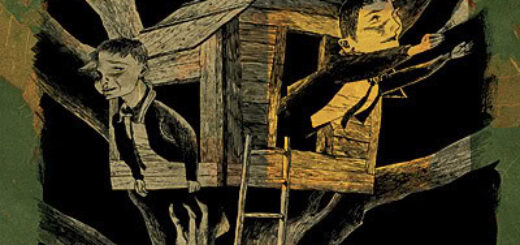
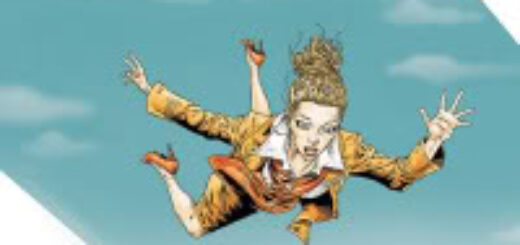
 There’s something so unabashedly original about writer G. Willow Wilson that it’s nearly impossible to not enjoy her comics projects, like last year’s graphic novel [[[Cairo]]] and this week’s new series [[[Air]]].
There’s something so unabashedly original about writer G. Willow Wilson that it’s nearly impossible to not enjoy her comics projects, like last year’s graphic novel [[[Cairo]]] and this week’s new series [[[Air]]].
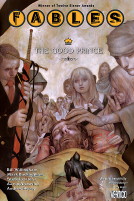 Fables]]] is one of the big successes of the current version of the Vertigo line, where every book has a Hollywood-style high concept: all males on Earth are killed – except one!; New York’s mayor can talk to machines!; Refugee fairytales live in the modern world! And, in another Hollywood-esque twist, Fables even has a spin-off of its own, like
Fables]]] is one of the big successes of the current version of the Vertigo line, where every book has a Hollywood-style high concept: all males on Earth are killed – except one!; New York’s mayor can talk to machines!; Refugee fairytales live in the modern world! And, in another Hollywood-esque twist, Fables even has a spin-off of its own, like 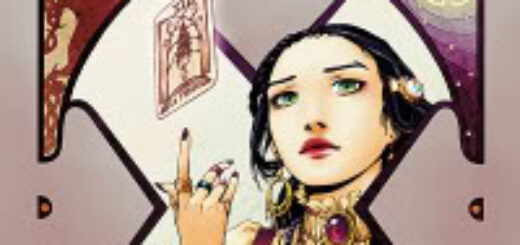
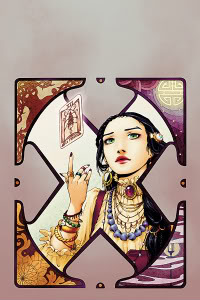 Fresh off another successful
Fresh off another successful 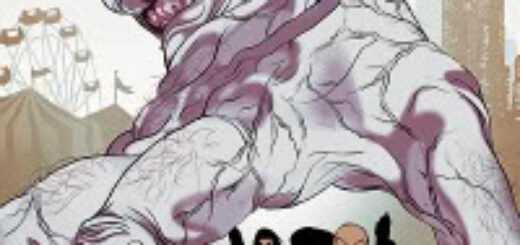
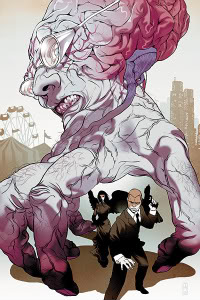 In a bit of a strange coincidence, Vertigo has two new collections out this week that both prominently feature futuristic science and genetic manipulation. The books couldn’t be more different, though, with
In a bit of a strange coincidence, Vertigo has two new collections out this week that both prominently feature futuristic science and genetic manipulation. The books couldn’t be more different, though, with 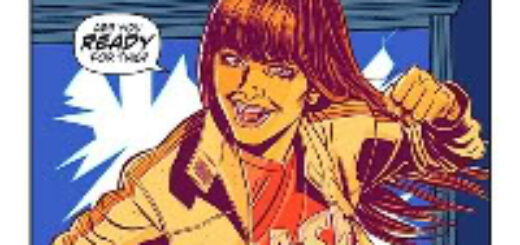
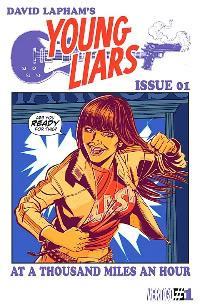 I covered a handful of new series debuting this week in my
I covered a handful of new series debuting this week in my 
 The news of Mike Carey writing a fantasy/horror comic set in Japan sounded too good to be true, and when
The news of Mike Carey writing a fantasy/horror comic set in Japan sounded too good to be true, and when 









